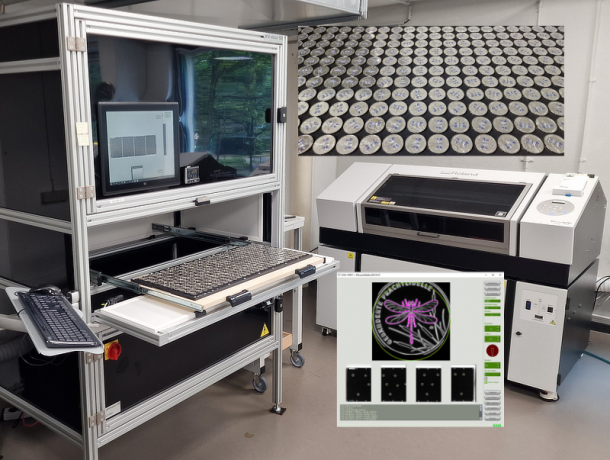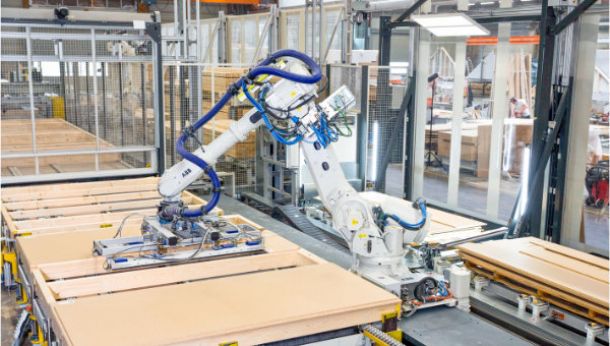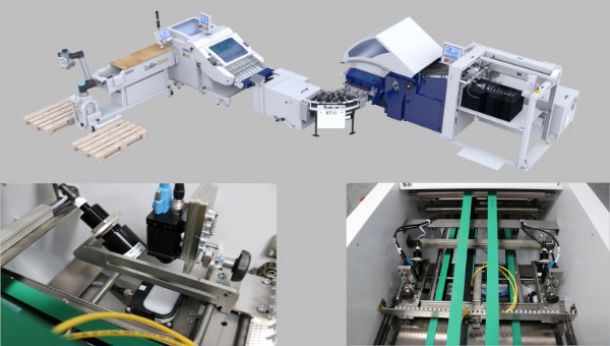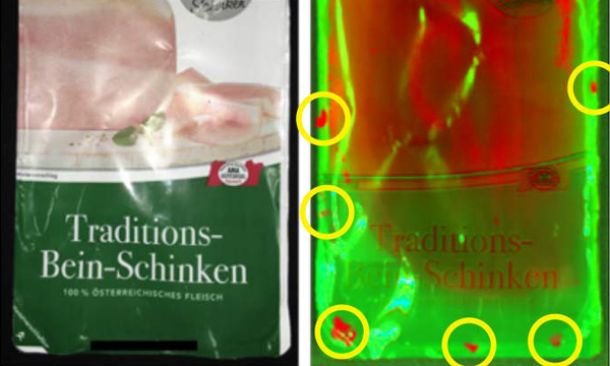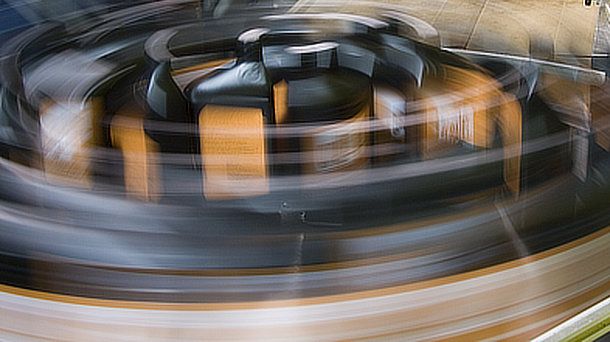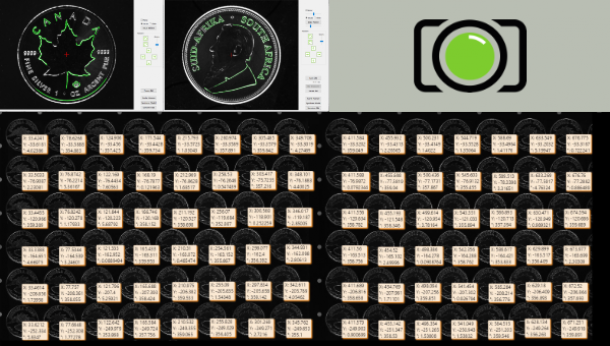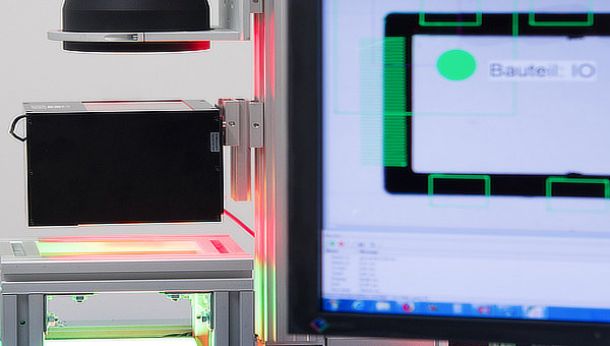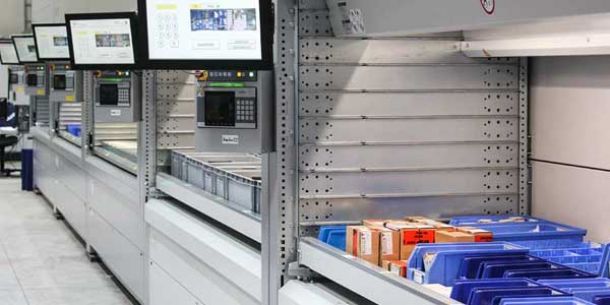Application story
Bird tracking system for wind power stations
Application story
Bird tracking system for wind power stations
Bird tracking system for wind power stations protect endangered birds
On account of the increasingly strict wildlife conservation regulations, wind turbines have to be switched off when a protected species of bird approaches them. With the help of artificial intelligence a machine vision system from phil-vision banishes the danger of birds being struck by wind turbine blades and minimises expensive downtimes.
The wildlife conservation regulations for the construction and operation of wind turbines have been tightened enormously in the past years. For example, if bird species that are sensitive to wind power are present within a certain radius of wind turbines, the turbines generally have to be switched off for several days as soon as fieldwork such as ploughing, threshing or mowing takes place. During these periods the birds are at increased risk as they spend more time over these fields in the search for food.
Also, when protected birds nest close to existing turbines, these turbines may only be operated with restrictions. Therefore, whole-day shut-downs are often included in permits during the breeding period from March to August.
However, every day on which a wind turbine doesn't produce electricity reduces its cost-effectiveness. Hence, despite the political will to expand the use of renewable energies compared to fossil fuels, the number of wind turbines being built has reduced sharply, in particular, due to the wildlife conservation regulations.
With the help of machine vision systems and artificial intelligence, this problem can now be solved in such a way that both the necessary cost-effectiveness for the wind farm operator and the needs of wildlife conservation are accounted for. In order to avoid long, expensive shut-down times in which there are often no animals in danger, Bürgerwindpark Hohenlohe GmbH developed a system with the support of phil-vision GmbH with which large birds of prey can be recognised and localised with their flight paths tracked. The aim is to shut down wind turbines only when protected birds move within a certain distance of the turbines.
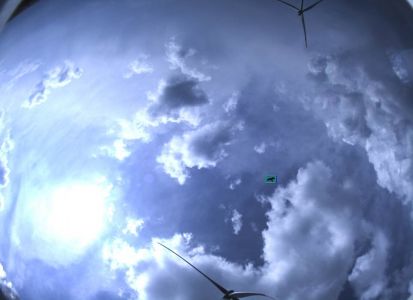
Together with phil-vision GmbH, Bürgerwindpark Hohenlohe GmbH is developing a system with which large birds of prey can be recognised and localised and their flight path tracked.
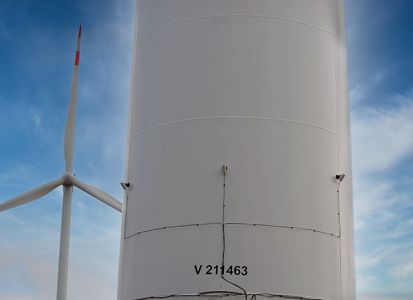
Six industrial colour cameras with a resolution of 6 or 20 megapixels, which are fixed to the mast of a wind turbine in weatherproof protective enclosures, capture images in order to monitor the airspace around the wind turbine.
Demanding task
According to phil-vision founder Gregor Philipiak, the recognition of birds and their classification for the subsequent decision as to whether the bird is a protected species is an extremely demanding task:
"The fauna differs in every location of a wind turbine, so it's necessary to create individual protection concepts. With the first monitoring system, we initially elaborate on the specific requirements so that we can then design the target system to suit the individual turbine."
According to Philipiak the results so far have been very promising: "At present, we have about ten installed test systems. "Such a system consists of six industrial colour cameras with a resolution of 6 or 20 megapixels, which are fixed to the mast of a wind turbine in weatherproof protective enclosures and capture images to monitor the complete airspace around the wind turbine."
To capture the entire surrounding area with a 360° all-round view, special wide-angle lenses were used so large fields of view can be surveyed.
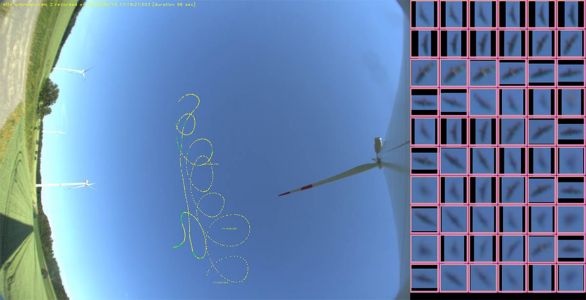
The program tracks the flight paths of protected birds until they are no longer a threat to the operation of the wind turbine.
Hundreds of thousands of images
The evaluation of the captured images and the reliable recognition of endangered birds represent the actual skill in this application according to Philipiak: "Our system works on the basis of deep learning methods and for the learning phase it requires almost 400,000 images of birds of different types, at different distances and with various flight positions. Added to that there are about a further 100,000 images (per negative instance) such as insects, aircraft or helicopters as well as the captured images with the local special features." From this large number of training images a powerful development system automatically creates a decision tree as well as a classifier, which serves as the basis for the differentiation in the subsequent usage phase.
"Through the use of deep learning methods we are thus creating an intelligent system that automatically detects the animals concerned against the most diverse backgrounds and under varying conditions and distinguishes them from possibly similar objects such as aircraft or flies", Philipiak explains.
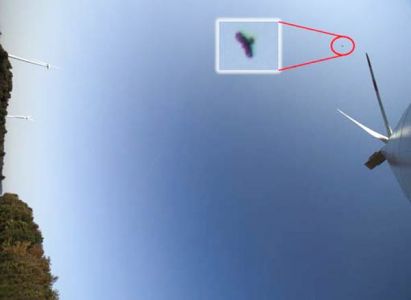
Detecting the flying path
For optimisation, the phil-vision system operates in two steps with different resolutions: First, all moving objects are detected with the help of 6-megapixel cameras. By switching to cameras with a 20-megapixel resolution, such objects can subsequently be identified with greater accuracy. The system thus determines whether a detected object is a bird at all and subsequently whether the animal belongs to a protected species.
The program tracks the flight paths of protected birds until they are no longer recognisable and thus no longer represent a potential threat to the operation of the wind turbine. If a protected bird gets closer to the wind turbine than the specified minimum distance, a corresponding signal is sent to the turbine's controller so that it can decelerate the turbine in good time.
For economic reasons, one of the priorities of a wind farm is to have as few false triggerings as possible. Through the use of powerful deep learning algorithms we have been able to fulfil this task better and better over the course of the programming and considerably reduce the number of false shut-downs.
Additional application reports
Would you like to know more?
Do you have questions about our application reports or other news from our blog?
Just get in touch with Astrid Sommerkamp by phone +49 89 125094354 or email

 English (EN)
English (EN)  Deutsch (DE)
Deutsch (DE) 
